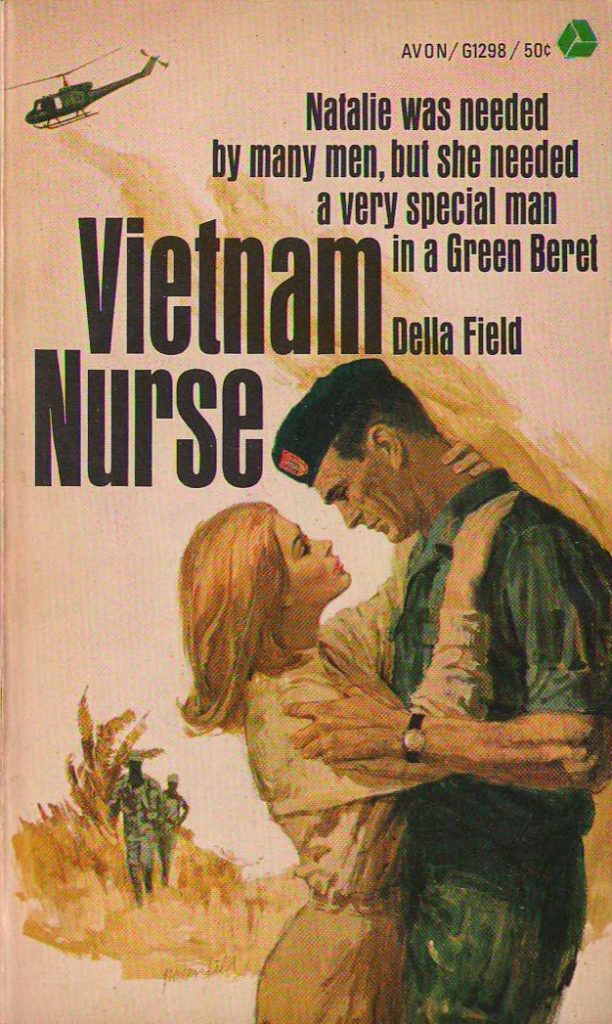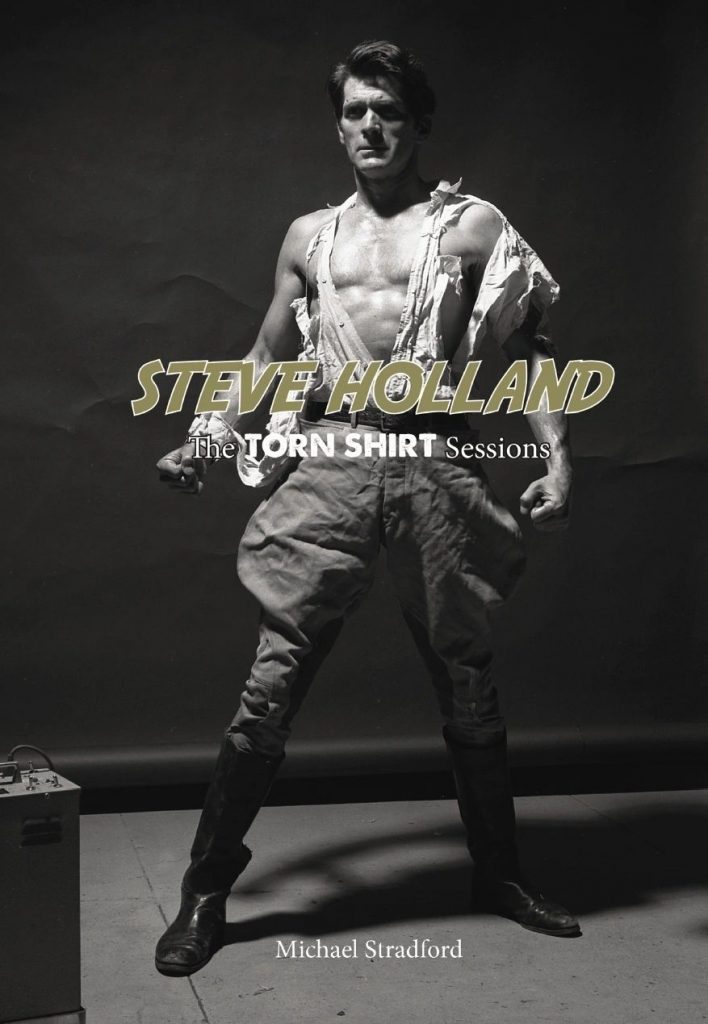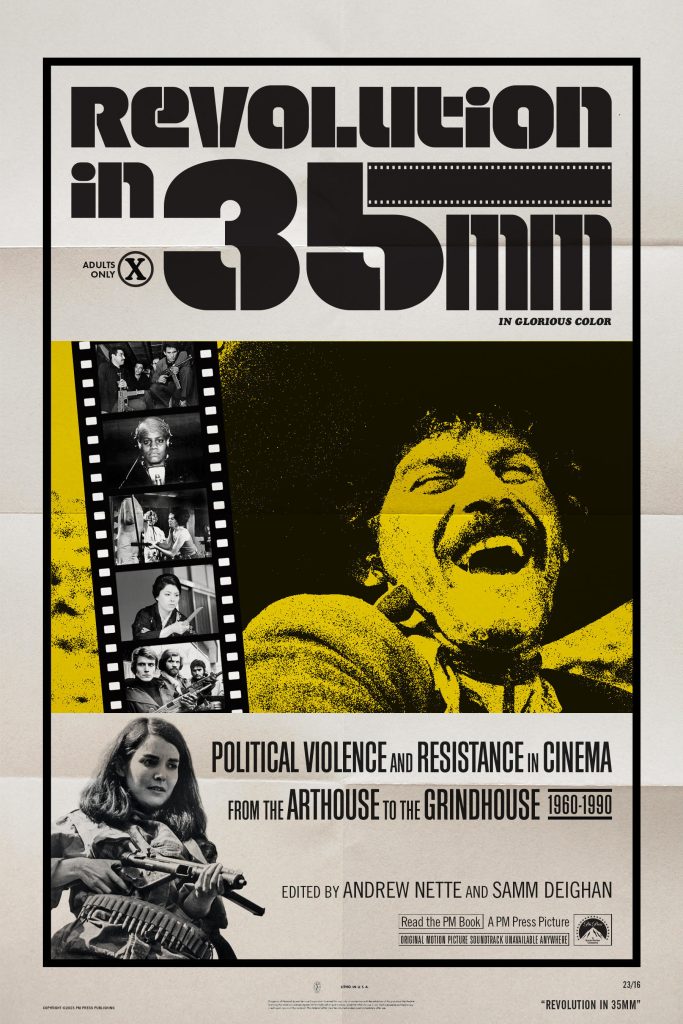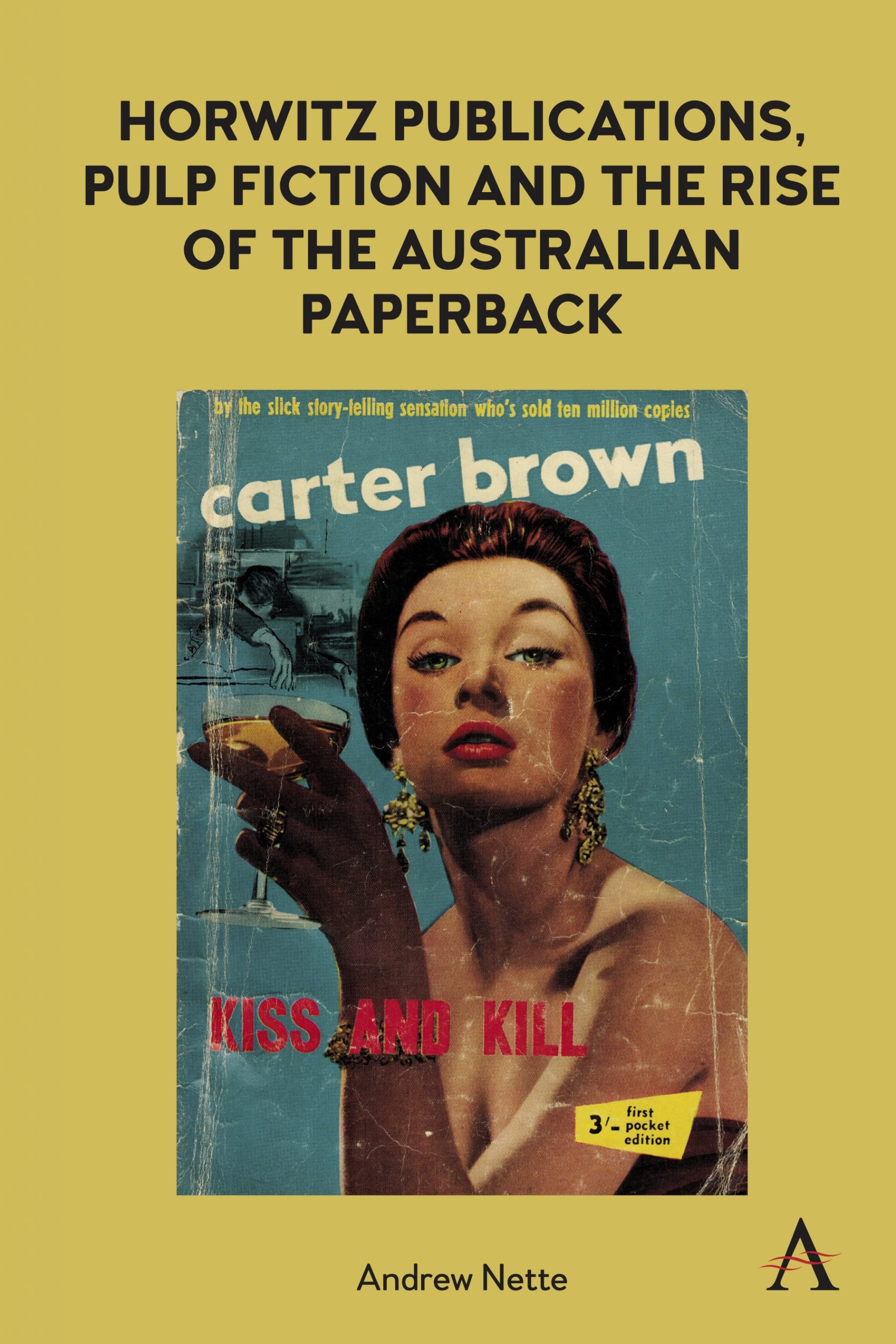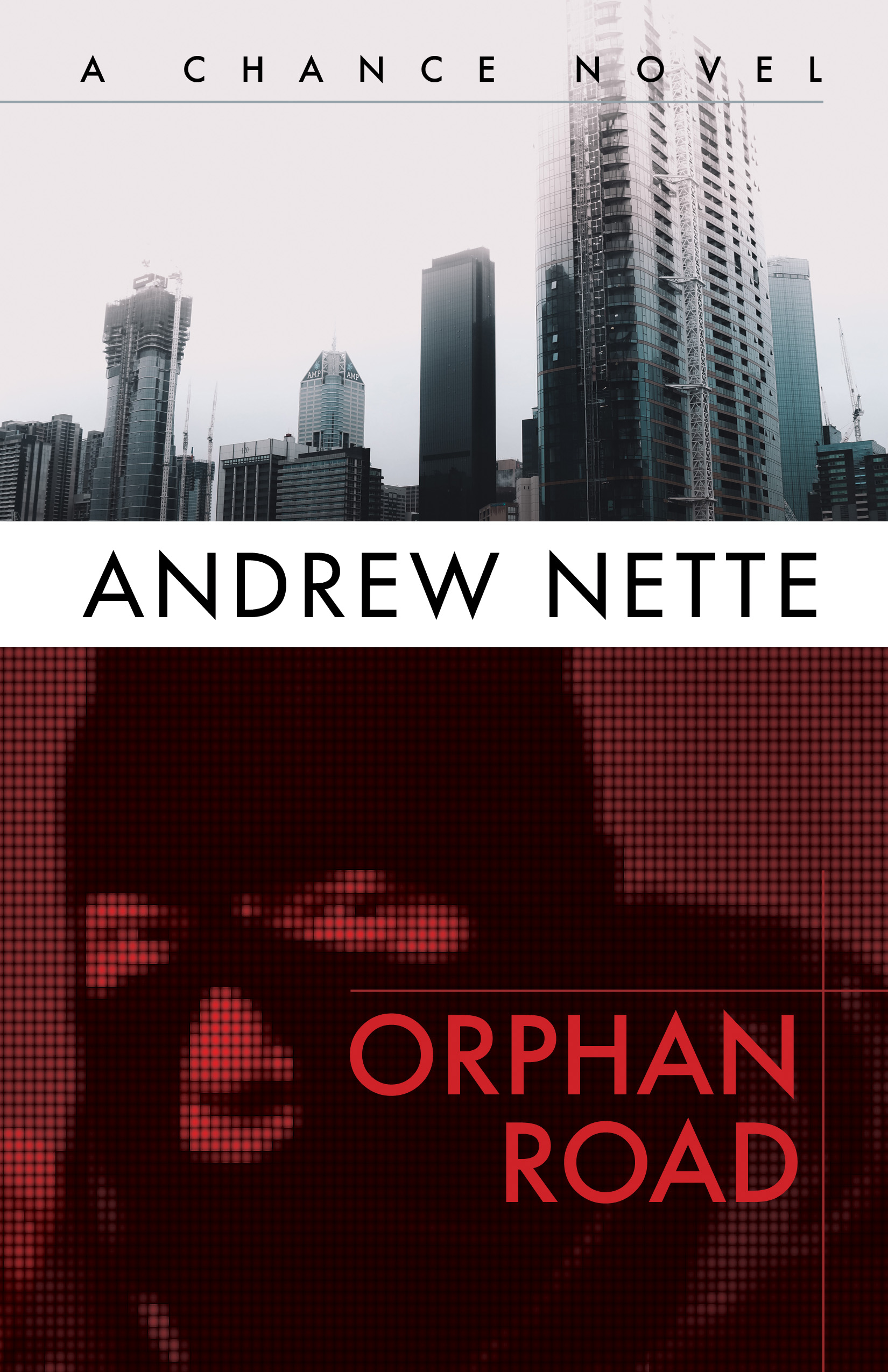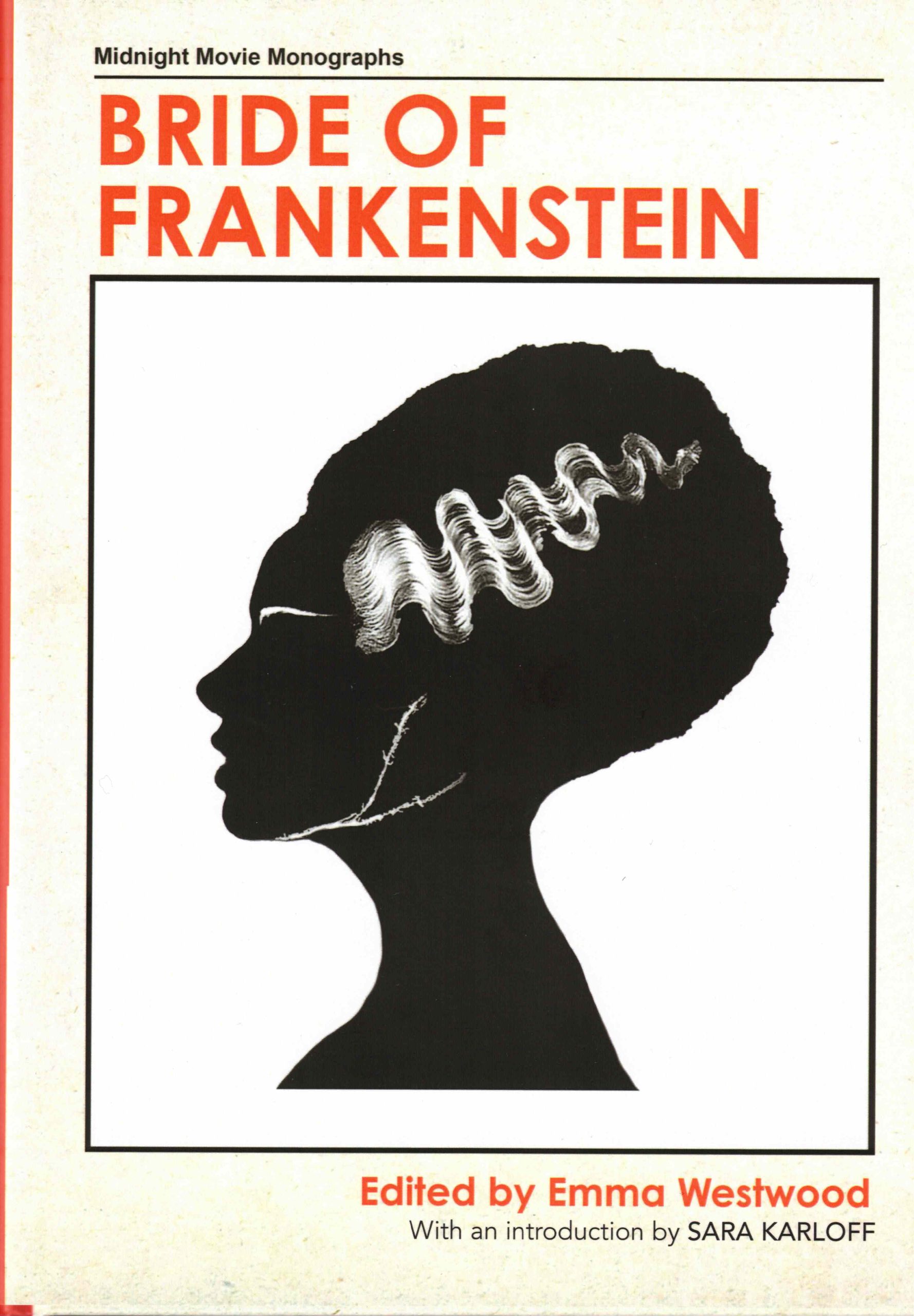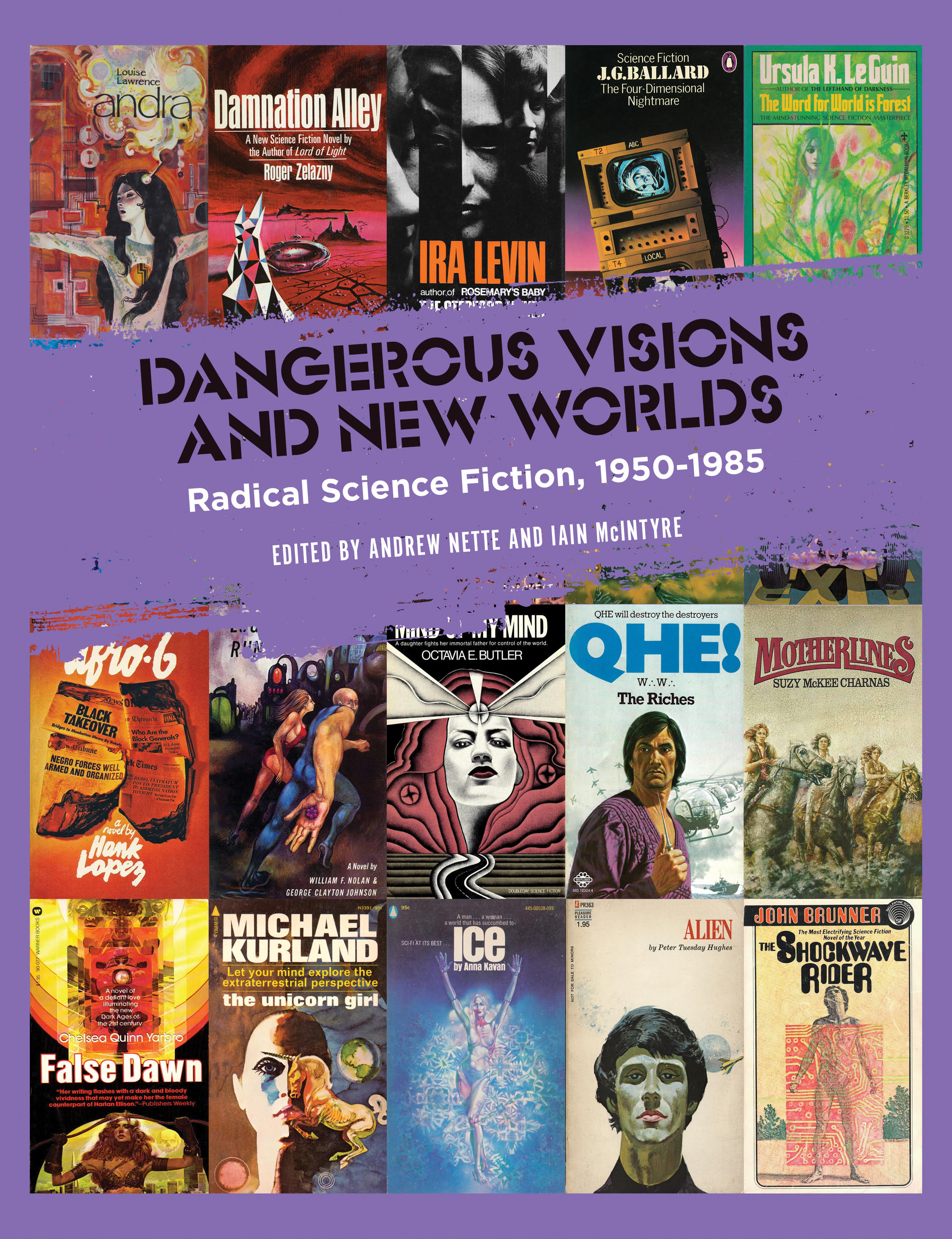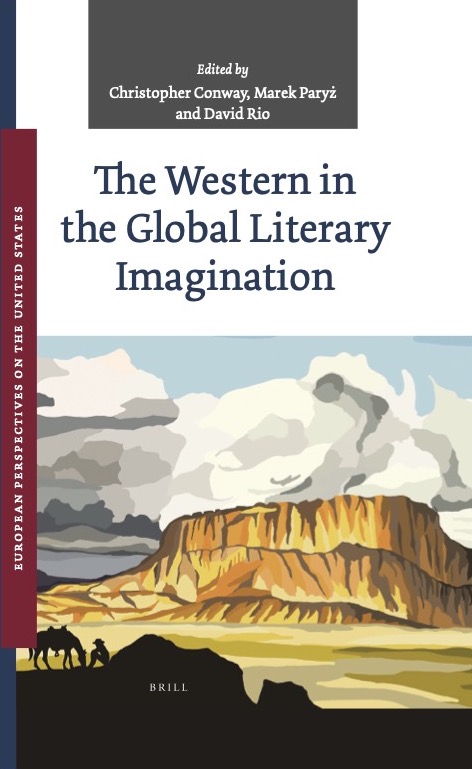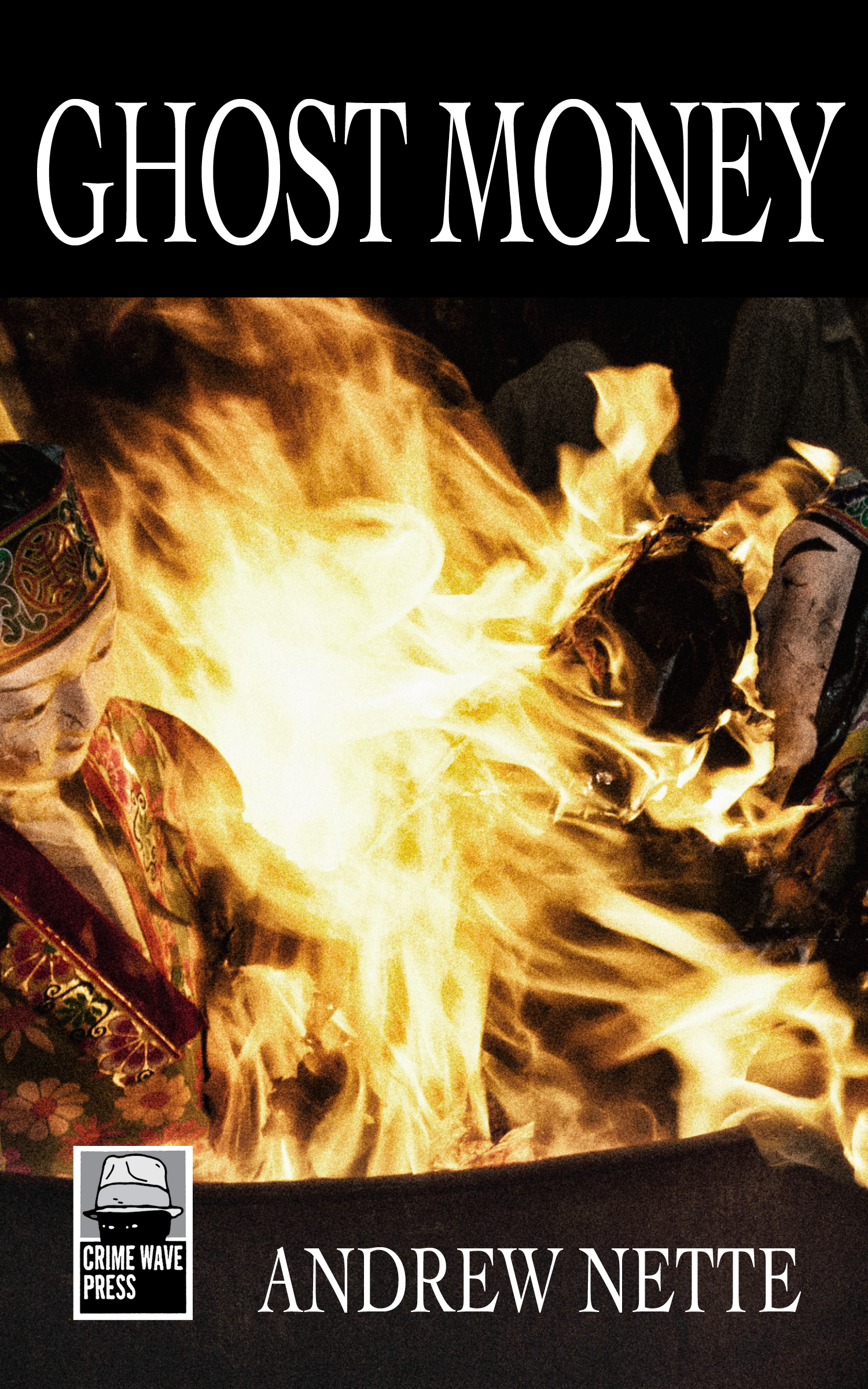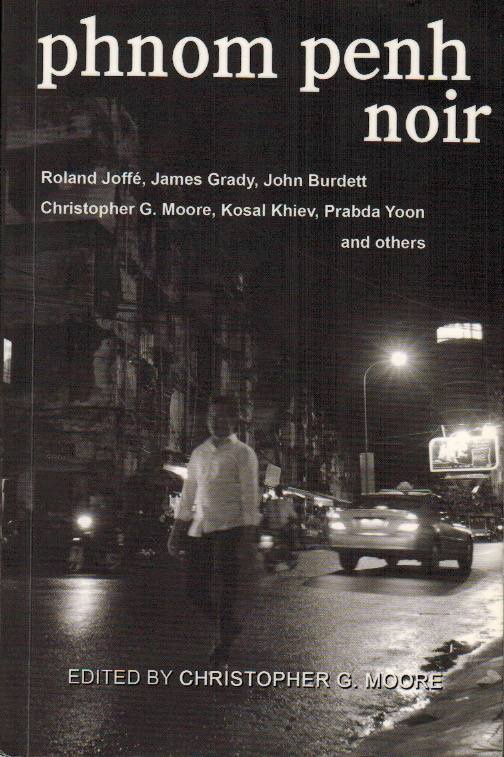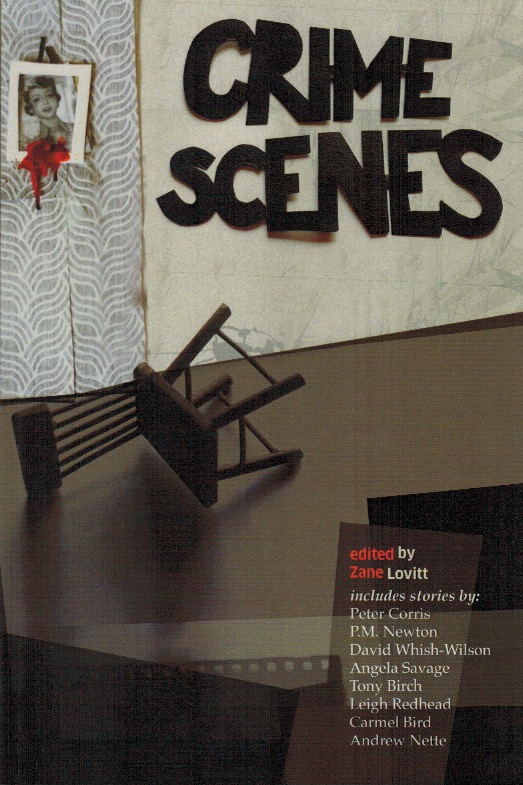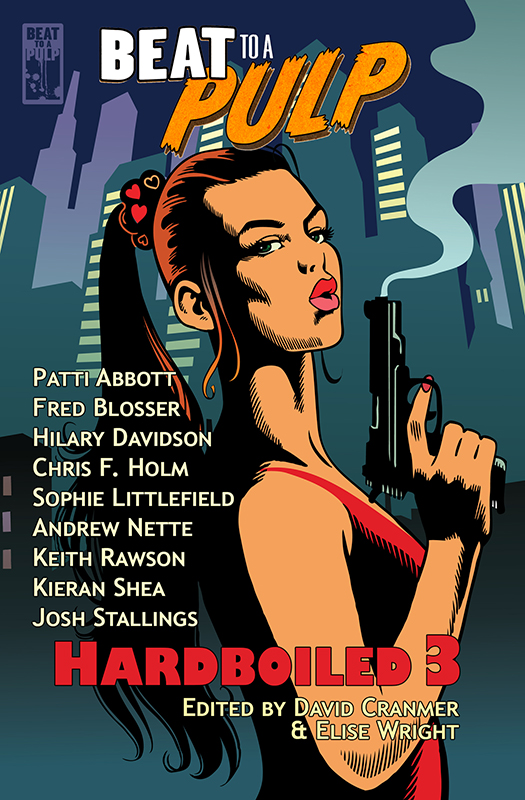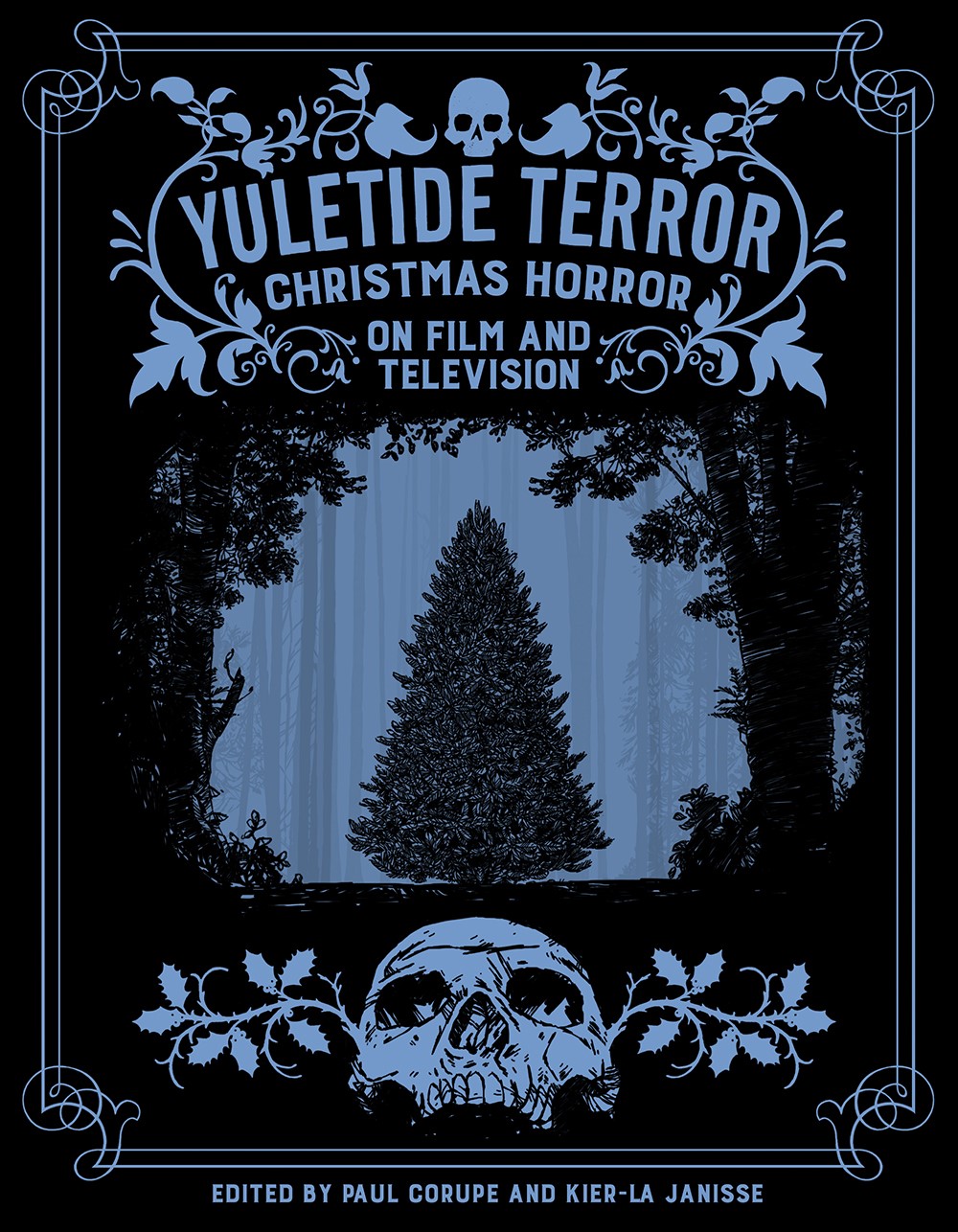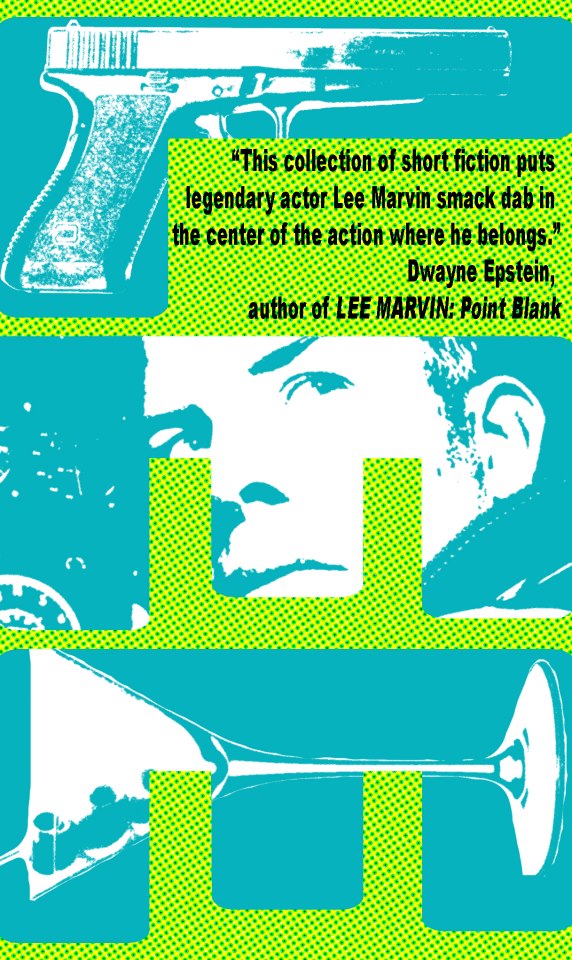Search
-
Recent Posts
- Dishing up Pulp Curry in a new way: why I am starting a Substack newsletter
- Book reviews: Deadly dames, midcentury Brit pulp and 1970s science fiction
- Mackenna’s Gold (1969): Gold, Ghosts and Frontier Violence
- Orphan Road book launch
- Orphan Road now available
- Pre-orders open for my new novel, Orphan Road
- Cover reveal: Orphan Road, my follow up to Gunshine State
- Breakfast in the Ruins podcast: New English Library Bikermania
- Why 1973 was the year Sidney Lumet took on police corruption
- Men’s Adventure Quarterly: Gang Girls issue
Categories
- 1960s American crime films
- 1970s American crime films
- 1980s American crime films
- 1990s American crime films
- Adrian McKinty
- Albert Dekker
- Andre De Toth
- Angela Savage
- Angie Dickinson
- Anthony Zerbe
- Asian noir
- Australian crime fiction
- Australian crime film
- Australian noir
- Australian popular culture
- Australian pulp fiction
- Australian television history
- Ava Gardner
- Beat culture
- Belmont Tower Books
- Ben Wheatley
- Billie Whitelaw
- Black pulp fiction
- Blaxsploitation
- Book cover design
- Book Reviews
- British crime cinema
- British pulp fiction
- Bryan Brown
- Burt Lancaster
- Carter Brown
- Charles Durning
- Charles Willeford
- Chester Himes
- Christopher G Moore
- Christopher Lee
- Cinema culture
- Claude Atkins
- Coronet Books
- Crawford Productions
- Crime Factory
- Crime Factory Publications
- Crime fiction
- Crime fiction and film from Africa
- Crime fiction and film from Cambodia
- Crime fiction and film from China
- Crime fiction and film from India
- Crime fiction and film from Indonesia
- Crime fiction and film from Japan
- Crime fiction and film from Laos
- Crime fiction and film from Latin and Central America
- Crime fiction and film from Malaysia
- Crime fiction and film from New Zealand
- Crime fiction and film from Scandinavia
- Crime fiction and film from Singapore
- Crime fiction and film from South Korea
- Crime fiction and film from Thailand
- Crime fiction and film from the Philippines
- Crime Fiction and film set in Vietnam
- Crime film
- Dangerous Visions and New Worlds Radical Science Fiction 1950 to 1985
- David Goodis
- David Peace
- David Whish-Wilson
- Derek Raymond
- Diana Dors
- Dirk Bogarde
- Don Siegel
- Don Winslow
- Donald Westlake aka Richard Stark
- Dystopian cinema
- Ernest Borgnine
- Eurocrime
- Fawcett Gold Medal Books
- Femme fatale
- Fernando Di Leo
- Filipino genre films
- Film Noir
- Forgotten Melbourne
- French cinema
- French crime fiction
- Garry Disher
- Gene Hackman
- George V Higgins
- Georges Simenon
- Ghost Money
- Giallo cinema
- Gil Brewer
- Girl Gangs, Biker Boys and Real Cool Cats: Pulp Fiction & Youth Culture, 1950-1980
- Gloria Grahame
- Gold Star Publications
- Gregory Peck
- Gunshine State
- Heist films
- Horror
- Horwitz Publications
- Humphrey Bogart
- Ian Fleming
- Interviews
- Ira Levin
- James Caan
- James Crumley
- James Ellroy
- James Hadley Chase
- James Woods
- Jim Brown
- Jim Thompson
- Joel Edgerton
- John Frankenheimer
- Joseph Losey
- Karen Black
- Kerry Greenwood
- Kinji Fukasaku
- Larry Kent
- Laura Elizabeth Woolett
- Lee Marvin
- Leigh Redhead
- Lindy Cameron
- M Emmet Walsh
- Mad Max
- Mafia
- Malla Nunn
- Martin Limon
- Megan Abbott
- Melbourne International Film Festival
- Melbourne Writers Festival
- Men's Adventure Magazines
- Michael Caine
- Michael Fassbender
- Mickey Spillane
- Monarch Books
- Ned Kelly Awards
- Neo Noir
- New English Library
- Newton Thornburg
- Noir Con
- Noir fiction
- Non-crime reviews
- Oren Moverman
- Orphan Road
- Ozsploitation
- Pan Books
- Parker
- Paul Newman
- Peter Boyle
- Peter Corris
- Peter Strickland
- Peter Yates
- Poliziotteschi
- Pulp fiction
- Pulp fiction in the 70s and 80s
- Pulp fiction set in Asia
- Pulp Friday
- Pulp paperback cover art
- Qui Xiaolong
- Raymond Chandler
- Richard Burton
- Richard Conte
- Robert Aldrich
- Robert Mitchum
- Robert Ryan
- Robert Stone
- Rock Hudson
- Roger Smith
- Rollerball
- Rosaleen Norton
- Roy Scheider
- Rural noir
- Sam Levene
- Sam Peckinpah
- Samuel Fuller
- Science fiction and fantasy
- Scripts Publications
- Sidney Lumet
- Sidney Poitier
- Simon Harvester
- Snowtown
- Snubnose Press
- Spies
- Stanley Baker
- Sterling Hayden
- Steve McQueen
- Sticking it the the Man Revolution and Counter Culture in Pulp and Popular Fiction 1950 1980
- Stuart Rosenberg
- Tandem Books
- Tart noir
- Tartan Noir
- Ted Lewis
- Toni Johnson Woods
- True crime
- Vicki Hendricks
- Victor Mature
- Vintage mug shots
- Vintage pulp paperback covers
- Wallace Stroby
- War film
- Westerns
- William Friedkin
- Woody Strode
- Yakuza films
- Yaphet Kotto
Nothing but noir
Recommended reading
The lurid world of pulp
- 20th century Danny Boy
- American Pulps
- Bear Alley
- Bloody, Spicy, Books
- Comics Down Under
- Everything second hand
- Existential Ennui
- Greenleaf Classic Books
- Irv O. Neil's Erotica is My Trade
- Killer Covers
- Lost Classics of Teen Lit 1939-1989
- Luminist Archives
- Men's Pulp Mags
- Mporcius Fiction Log
- Murder, Mayhem and Long Dogs
- Neglected Books
- Nocturnal Revelries
- Paperback Warrior
- Paperbacks of the Gods
- Pop Sensation
- Pulp artists
- Pulp Covers
- Pulp Crazy
- Pulp Flakes
- Pulp International
- Pulp Magazines Project
- Pulp Serenade
- Realms of the Night
- Romance Fiction Has a History
- Rough Edges
- Sin Street Sleaze
- Spy Guys and Gals
- The department of Afro American Research Arts & Culture
- The Dusty Bookcase
- The Haunted World of Richard Sala
- The Moon Lens
- The Nick Carter & Carter Brown Blog
- The Pulp & Paperback Fiction Reader
- Too Much Horror Fiction
- True Pulp Fiction
- Vault of Horror
- Vintage Nurse Romance Novels
- Vintage Romance Novels
- Welcome to the Pan Paperback
- Yellow and Creased
Support This Site
If you like what I do please support me on Ko-fi
Category Archives: Vintage pulp paperback covers
Horwitz Publications, Pulp Fiction & the Rise of the Australian Paperback
I know that this site has not been getting quite as much attention from me as usual over the last year. This is largely because I have been so busy with various book projects. A quick update on these might be in order.
First up is my academic monograph, Horwitz Publications, Pulp Fiction & the Rise of the Australian Paperback. Out via the Anthem Press Studies in Australian Literature and Culture series in early July, it now has a cover and is available for pre-order. It is in hardcover, with a price that reflects the fact that it is being targeted at institutions and, in particular, libraries, in the first instance, but I have negotiated with Anthem for a much cheaper paperback version of the book will be released by Anthem next year.
Horwitz Publications, Pulp Fiction & the Rise of the Australian Paperback originated in a PhD I took at Sydney’s Macquarie University and turning it into a monograph has taken a considerable amount of my time over the last year. Regular readers will no doubt be familiar with Horwitz, as the publisher of many of the paperback covers that I post on this site. My study is the first book length examination of Australian pulp and one of the few detailed studies I am aware of a specific pulp publisher to appear anywhere.… Read more
Posted in Australian crime fiction, Australian popular culture, Australian pulp fiction, Australian television history, Book cover design, British pulp fiction, Carter Brown, Crime fiction, Dangerous Visions and New Worlds Radical Science Fiction 1950 to 1985, Fawcett Gold Medal Books, Girl Gangs, Biker Boys and Real Cool Cats: Pulp Fiction & Youth Culture, 1950-1980, Gold Star Publications, Horwitz Publications, Men's Adventure Magazines, Mickey Spillane, Noir fiction, Pan Books, Pulp fiction, Pulp fiction in the 70s and 80s, Pulp fiction set in Asia, Pulp paperback cover art, Science fiction and fantasy, Scripts Publications, Sticking it the the Man Revolution and Counter Culture in Pulp and Popular Fiction 1950 1980, True crime, Vintage pulp paperback covers
Tagged Anthem Press, Australian pulp fiction, Dangerous Visions and New Worlds Radical Science Fiction 1950 to 1980, Down and Out Books, Girl Gangs Biker Boys and Real Cool Cats: Pulp Fiction and Youth Culture 1950 to 1980, Gunshine State, Horwitz Publication Pulp Fiction and the Rise of the Australian Paperback, Horwitz Publications, Orphan Road, PM Press, Sticking it to the Man: Revolution and Counterculture in Pulp and Popular Fiction 1950-1980
Pulp Friday: More late 1960s and 1970s pulp and popular fiction about the Vietnam War
In 2019 I wrote about why it was there were so few examples of Australian and US pulp and popular paperback fiction published in the 1960s and 1970s to engage with the Vietnam War and its consequences. That is, as anything more than a background or reason for why a character was as confused/damaged/homicidal as they were. Even fewer books still were actually set in Vietnam.
The piece in question appeared in the book I coedited, Sticking it to the Man: Revolution and Counterculture in Pulp and Popular Fiction, 1950 to 1980, but it was excerpted in full on the American site CrimeReads. The piece is here and details the relevant books I did manage to unearth and my speculation for why, despite its relatively huge cultural impact in both Australia and the US, so little fiction was written about the Vietnam conflict during these years.
I have been on the lookout ever since for entries I might have missed in my original piece and thought Pulp Curry Readers might appreciate an update on my, admittedly, rather paltry findings. Most of the books below are American, although a number – The Wine in God’s Anger and the Half-Burnt Tree – were penned by Australian writers.… Read more
Posted in Crime Fiction and film set in Vietnam, Pan Books, Pulp fiction, Pulp fiction in the 70s and 80s, Pulp fiction set in Asia, Pulp Friday, Pulp paperback cover art, Simon Harvester, Sticking it the the Man Revolution and Counter Culture in Pulp and Popular Fiction 1950 1980, Vintage pulp paperback covers, War film
Tagged Dymphna Cusack, Edward S Aarons, Gustav Hasford, Harry Whittington, Ian Kennedy Martin, Jean Larteguy, John Rowe, Kenneth Cook, Medical romance fiction, Morris Hershman, Nick Carter-Killmaster, Pulp and popular fiction set in Vietnam, Simon Harvester, Sticking it to the Man: Revolution and Counterculture in Pulp and Popular Fiction 1950-1980
Pulp Friday: Torn shirts & maneaters
Today’s Pulp Friday post looks at two pulp-related projects that I think should be on your radar.
The first is Michael Stradford’s Steve Holland: The Torn Shirt Sessions. Many of you have probably have not heard of Steve Holland but if you collect pulp paperbacks, I can almost guarantee that you will have seen his face on covers that you have from the 1950s to the 1980s. Holland was one of the foremost paperback cover models over this period and certainly the most used male model I am aware of.
While I was familiar with Holland’s chiselled features from the cover art of numerous books in my possession long before I realised who he was, since learning his name it seems like I, literally, cannot go into second-hand bookshop or browse pulp art the internet without stumbling across him. He not only modelled for paperbacks, but for the covers of men’s adventure magazines and comic books, in every conceivable genre. In the process, he worked with some of the foremost pulp illustrators of the 20th century, including Mort Kunstler, Roger Kastel, and Ron Lesser, just to name a few.
One of the characters Holland is most closely associated with is Doc Savage, The Man of Bronze. A fictional character who first appeared in American pulp magazines in the 1930s, Doc Savage transitioned to the paperback format in the mid-1960s.… Read more
Posted in Book Reviews, Pulp fiction, Pulp fiction in the 70s and 80s, Pulp fiction set in Asia, Pulp Friday, Pulp paperback cover art, Vintage pulp paperback covers
Tagged Bob Deis, Bob Larkin, Doc Savage Man of Bronze, Eva Lynd, Joe DeVito, Maneaters Killer Sharks In Men's Adventure Magazines, Mens Adventure Library Journal series, Michael Stradford, Mort Kunstler, New Texture, Roger Kastel, Ron Lesser, Sharks in pulp fiction, Steve Holland, Steve Holland: the Torn Shirt Sessions, Steve Holland: The World's Greatest Art Model, Wyatt Doyle
Video of my talk, The motorcycle – rebel in pop culture, now available
For those of you who were unable to attend my recent talk hosted by the Queensland Gallery of Modern Art, ‘The Motorcycle: Rebel in Pop Culture’, there is now a video of the entire presentation on Youtube. The wonderful folks at QAGOMA have even done an Auslan interpretation of it for the vision impaired.
My talk will take you on a journey through the various representations of the motorcycle in youth and popular culture history, mainly in the United States, Australia and Great Britain. I examine what has given the motorbike its cool reputation and discuss how it has also functioned as a lightning rod for post war concerns around various youth subcultures. In addition to film, I also look at the representation of the motorbike in music and pulp fiction. You can also find it on YouTube here.… Read more
Posted in 1960s American crime films, 1970s American crime films, Australian crime film, Australian popular culture, Australian pulp fiction, Book cover design, British pulp fiction, Crime fiction and film from Japan, Dystopian cinema, Girl Gangs, Biker Boys and Real Cool Cats: Pulp Fiction & Youth Culture, 1950-1980, Horwitz Publications, Mad Max, Men's Adventure Magazines, Pulp fiction, Pulp fiction in the 70s and 80s, Pulp paperback cover art, Scripts Publications, Steve McQueen, True crime, Vintage pulp paperback covers
Tagged Andrew Nette, Bikers, Bikies, Marlon Brando, QAGOMA, The Motorcycle Design Art Desire, The motorcycle in pop culture, Youthsploitation, Youthsploitation pulp
Upcoming talk: The motorcycle – rebel in pop culture
A heads up to Pulp Curry readers, that on Thursday April 22 EST, I’ll be giving a talk to coincide with the exhibition currently being hosted by the Queensland Gallery of Modern Art, The Motorcycle: Design, Art, Desire. The talk is entitled, ‘The Motorcycle: Rebel in Pop Culture’.
Throughout the decades, motorbikes have been portrayed as a symbol of freedom and rebellion in fiction, music and on the screen. I’ll be taking you on a journey through the different representations of the motorcycle in youth and popular culture history, mainly in the United States, Australia and Great Britain. I’ll be examining what has given the motorbike its cool reputation as well as discussing how it has also functioned as a lightning rod for post war concerns around various youth subcultures. The talk will focus on film, but I’ll also look at the representation of the motorbike in music and pulp fiction.
The talk, which will take place on Zoom, will start at 7pm EST, is free & your time zone permitting open to anyone anywhere to attend. All you have to do is book at this link. I hope you can attend.
Posted in 1960s American crime films, 1970s American crime films, Australian crime film, Beat culture, Book cover design, British pulp fiction, Crime film, Dystopian cinema, Girl Gangs, Biker Boys and Real Cool Cats: Pulp Fiction & Youth Culture, 1950-1980, Horwitz Publications, Men's Adventure Magazines, Neo Noir, New English Library, Ozsploitation, Pulp fiction, Pulp fiction in the 70s and 80s, Pulp Friday, Pulp paperback cover art, Rollerball, Vintage pulp paperback covers
Tagged Bikers, Bikies, Motorbikes in popular culture, motorbikes in pulp fiction, Motorcycle Rebel in Pop Culture, QAGOMA, The Motorcycle Design Art Desire, The Wild One (1953), Youthsploitation


